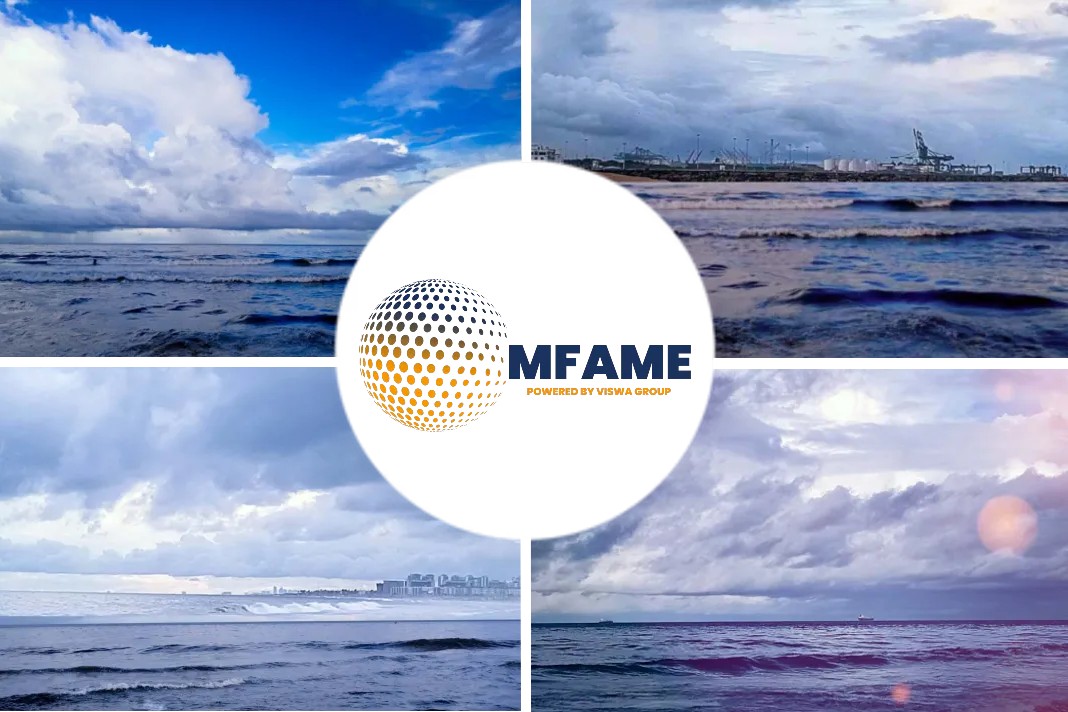
- The cracking-based propulsion system has been in development since 2020, when Pherousa and Helbio partnered up.
- Grieg Maritime has ordered up to four ammonia-ready bulk carriers from China State Shipbuilding Corporation for delivery in 2026.
- MAN ES will jointly develop an ammonia-capable, dual-fuel container ship to be owned and operated by MSC.
Norwegian technology developer Pherousa announced that it has developed & validated an ammonia cracking-based propulsion system for use on board ocean-going vessels.
Pherousa Green Technologies
Pherousa and ship designer Deltamarin are currently working on a design for an Ultramax-sized dry bulk carrier powered by the new technology, based on an existing model. Once finalised, Pherousa will place an order for up to six of these vessels.
Deployment of these new build vessels on the cross-Pacific copper trade is under negotiation, with Pherousa reporting it is in “advanced conversations” with international mining companies.
Cracking-based propulsion system
The cracking-based propulsion system has been in development since 2020, when Pherousa and Helbio partnered up. A prototype system was then delivered to Pherousa in Norway in June 2022.
The system itself is fed with “enriched” ammonia fuel, which is then cracked to produce high-purity hydrogen for consumption in a PEM fuel cell, providing electrical power to propel the vessel. Pherousa will deliver the crackers as “plug and play” units.
Ammonia is the only readily available hydrogen carrier that has no carbon in its molecule, therefore the only truly zero-carbon hydrogen carrier.
The ammonia cracking technology developed by PGT is a game changer that could become a major contributor toward the realization of the world´s zero-emission shipping.
More vessel orders
Grieg Maritime has ordered up to four ammonia-ready bulk carriers from China State Shipbuilding Corporation for delivery in 2026.
The 82,000 dwt, open-hatch vessels will become the largest vessels in Grieg’s fleet, and feature “a MAN B&W 5S60ME engine and prepared for tanks holding 3,000 m3 of ammonia on deck”.
All ships will be DNV classed and sail under the Norwegian flag, and are intended to be deployed on G2 Ocean’s wood pulp trade routes. Fuel flexibility is also a key feature of the new vessels:
These vessels are halfway there, as they give us the flexibility to be close to emission-free as soon as the fuels are available.
The design doesn’t tie us to just one fuel but lets us keep our options. We believe in ammonia for these ships.
However, we can also look to methanol or carbon capture depending on how the technology develops.
New container ship designs
Lloyd’s Register, Mediterranean Shipping Company, Shanghai Merchant Ship Design & Research Institute and MAN ES will jointly develop an ammonia-capable, dual-fuel container ship to be owned and operated by MSC.
The design will be based on SDARI’s current twin island, 8200 TEU model, with MAN ES to lead design of the engine, fuel supply and emissions abatement systems. LR will verify the design meets all requirements.
And the Mærsk Mc-Kinney Møller Center for Zero Carbon Shipping has revealed the design for a new 15,000 TEU, ammonia-powered container ship at an industry event in Copenhagen.
Seaspan Corporation has led the design process, and the project is connected to the SABRE Consortium, which will demonstrate an ammonia supply chain in Singapore.
Did you subscribe to our Newsletter?
It’s Free! Click here to Subscribe.
Source: Ammonia Energy





















